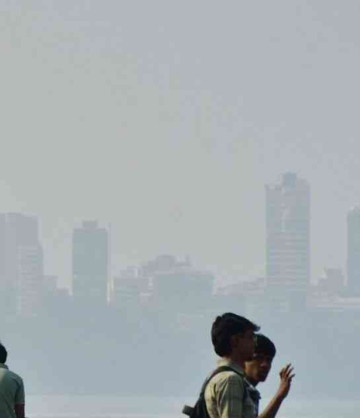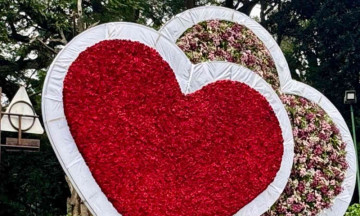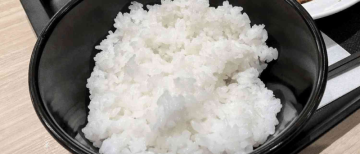Across Kenya, an inspiring green revolution is taking shape — not in factories or farms, but in fashion workshops turning discarded waste into stylish clothing and accessories. The movement, often called “upcycled fashion”, is helping young designers prove that sustainability and style can go hand in hand.
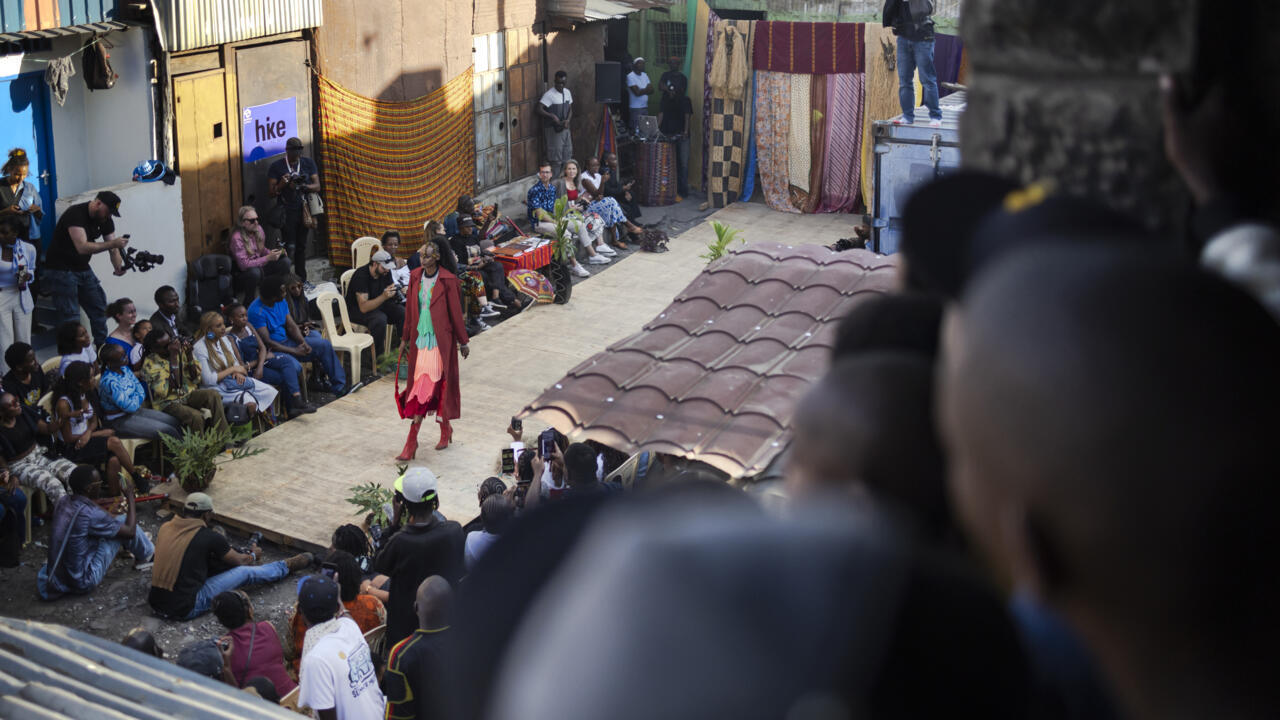
From the bustling streets of Nairobi to small coastal towns, creative entrepreneurs are collecting old fabrics, plastic waste, denim scraps, and even fishing nets to craft trendy outfits that rival global brands. They are not only cutting down waste but also giving new life to materials once considered worthless.
At the heart of this revolution are small fashion startups and community groups. Designers collect waste from dumpsites, markets, and donation drives, then sort and clean the materials before using them as raw inputs. Old T-shirts become handbags, plastic wrappers transform into stylish jewellery, and car seat fabrics turn into jackets.
Some workshops have even trained local women and youth in sewing and design, helping them earn steady incomes while protecting the environment. In a country where textile waste is rising rapidly, this eco-conscious approach reduces pollution and promotes a circular economy — where nothing truly “goes to waste.”
Globally, the fashion industry is among the biggest polluters, responsible for nearly 10% of carbon emissions. Kenya’s upcycling movement shows how local solutions can respond to a global challenge. With every stitch, it sends a message: sustainability is not only possible but fashionable too.
However, experts caution that change will take time. Sustainable materials often cost more, and not all consumers can afford the higher prices that come with eco-friendly fashion. In addition, imported second-hand clothes — known locally as “mitumba” — still dominate the Kenyan market, creating stiff competition for local designers.
Despite the challenges, a new generation of Kenyan consumers is beginning to look beyond fast fashion. Schools, NGOs, and social media influencers are promoting eco-awareness, and several fashion shows now include sustainability categories where designers exhibit collections made entirely of recycled materials.
This change is not just about trends; it is about transforming attitudes towards waste, work, and worth.
As one young designer from Kibera recently said, “We are not only making clothes — we are making a future where everything matters.”
Kenya’s trash-to-treasure fashion wave carries both hope and hurdles. On one side, it reflects creativity, resilience, and environmental responsibility. On the other, it highlights economic barriers and the need for wider policy support. Government incentives, waste management systems, and educational programmes could make it easier for green fashion to thrive.
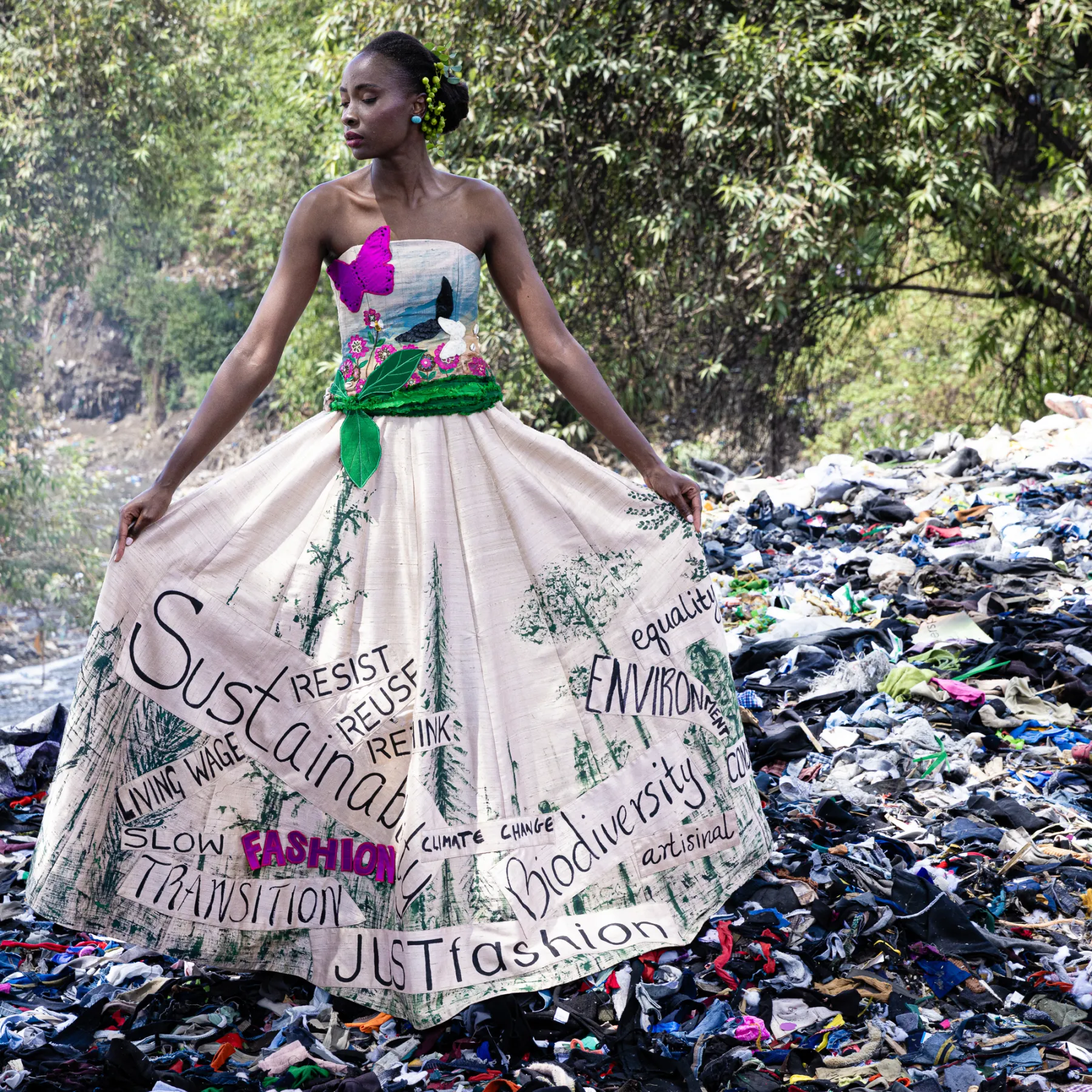
Still, the movement proves something powerful — that sustainability doesn’t always need big factories or foreign investors. Sometimes, all it takes is a needle, a few scraps, and a vision for change. Kenya’s upcycled fashion is more than a trend; it is the beginning of a style revolution built on responsibility and imagination.
With inputs from agencies
Image Source: Multiple agencies
© Copyright 2025. All Rights Reserved. Powered by Vygr Media.





